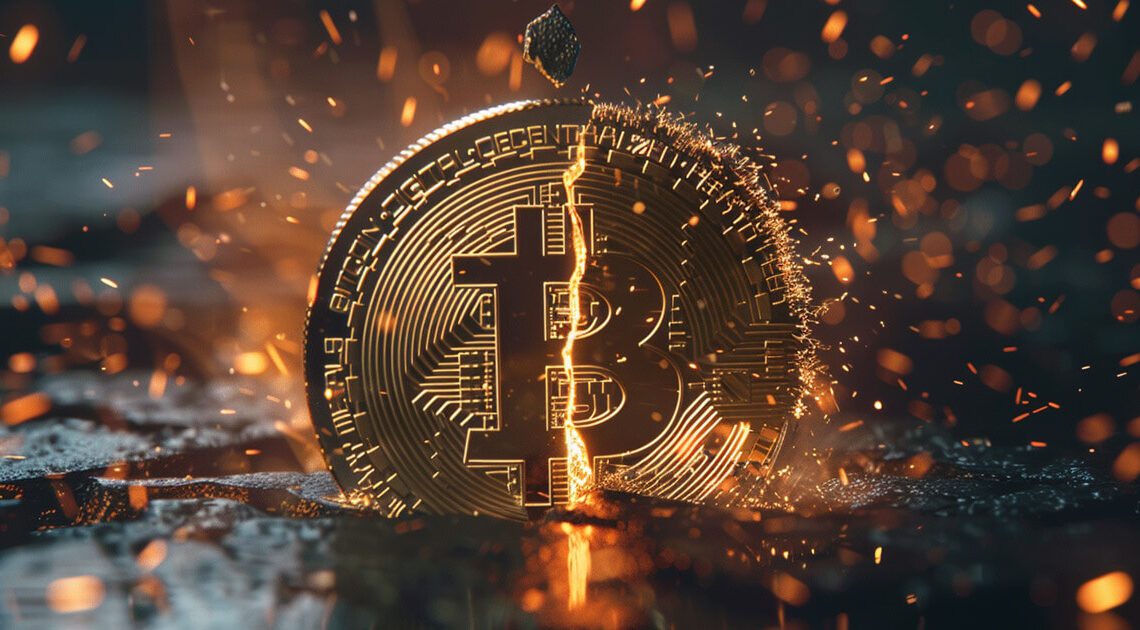A recent analysis by crypto exchange Bybit has sounded the alarm on a potential shortage of Bitcoin (BTC) on exchanges by the end of 2024 if demand remains at similar levels.
The report predicts that reserves could be entirely depleted within the next nine months if current withdrawal rates persist — currently around 7000 BTC per day. The shortage forecast is closely tied to the anticipated halving event in 2024, which will cut the Bitcoin production on each block by half.
Alex Greene, a senior analyst at Blockchain Insights, said:
“The rapid depletion of Bitcoin reserves is preparing the market for a possible liquidity crisis. As reserves dwindle, the market’s ability to absorb large sell orders without impacting the price weakens.”
ETF demand
According to Bybit’s report, institutional investors have significantly increased their Bitcoin investments following recent US regulatory approvals of spot Bitcoin ETFs, driving up demand against a backdrop of shrinking supply.
Greene noted:
“The surge in institutional interest has stabilized and drastically increased demand for Bitcoin. This increase is likely to exacerbate the shortage and push prices higher after the halving.”
The Newborn Nine ETFs have been buying BTC at a rate of roughly $500 million per day — which translates to a withdrawal rate of approximately 7,142 BTC per day from exchange reserves.
Meanwhile, only about 2 million BTC remain in centralized exchange reserves. Bybit warned that exchange supplies could vanish by early next year if the demand remains at a high level after the halving reduces the daily mining supply to 450 BTC.
Miner selling to fall
The next halving will cut the mining reward from 6.25 to 3.125 bitcoins per block, further limiting the new supply of bitcoins entering the market. This programmed reduction mimics resource scarcity, similar to that of precious metals, and aims to control inflation and increase Bitcoin’s value.
Miners will face reduced incentives and higher production costs, which will likely reduce the frequency of Bitcoin being sold immediately after generation. This reduction in miner sales will contribute to the scarcity of Bitcoin on public exchanges, further driving up prices.
Maria Xu, a cryptocurrency market strategist, said:
“Miners are adjusting to higher costs and reduced rewards. Many may sell part of their reserves before the halving to sustain operations, potentially increasing supply temporarily before a long-term decline…
Click Here to Read the Full Original Article at Bitcoin (BTC) News | CryptoSlate…
























